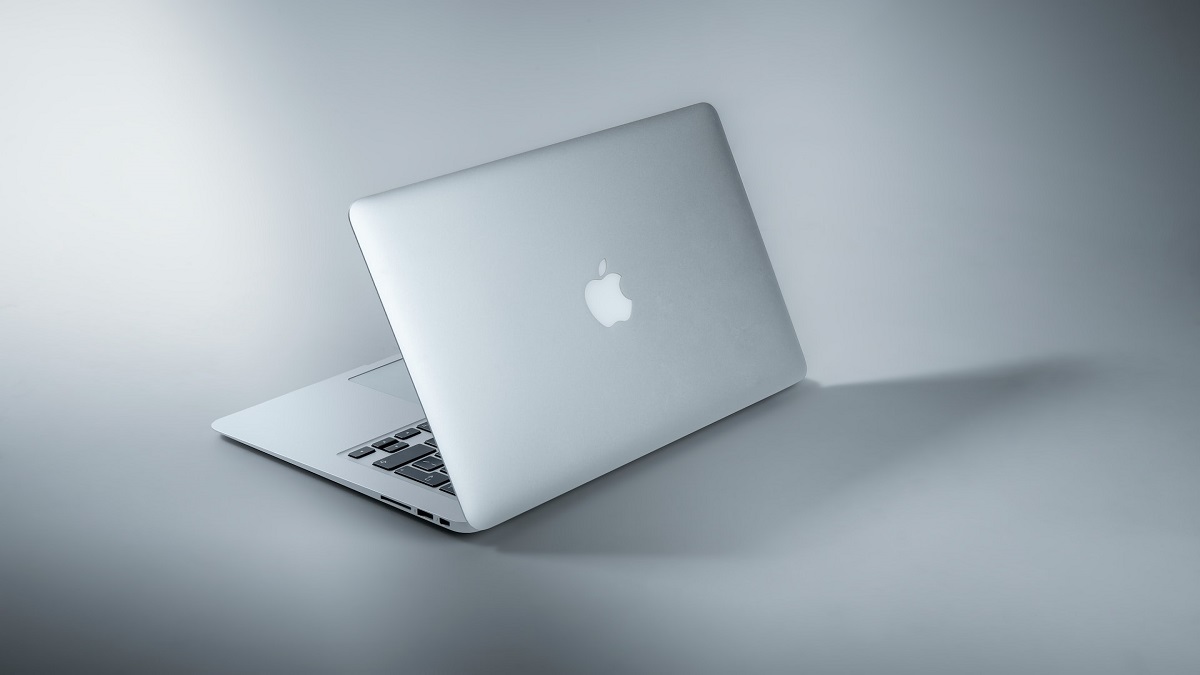Introduction of refurbished laptop
A refurbished laptop is a previously owned device that has been restored, repaired, and tested to ensure it functions properly. These laptops are typically returned to the manufacturer or retailer due to various reasons, such as cosmetic damage, minor defects, or customer returns. Refurbished laptops undergo a thorough inspection and any necessary repairs or replacements are made to bring them back to a like-new condition.
The process of refurbishment involves cleaning the laptop, repairing or replacing faulty components, and reinstalling the operating system. It may also include upgrading certain hardware components, such as adding more memory or replacing the hard drive. The goal is to make the laptop fully functional and ensure that it meets the manufacturer’s specifications.
How do I ensure data privacy on a refurbished laptop?
Ensuring data privacy on a refurbished laptop involves taking several important steps.
Perform a clean installation:
Start by reinstalling the operating system from scratch. Format the hard drive and install a fresh copy of the operating system. This ensures that any pre-existing data or potential malware from the previous owner is completely removed.
Update the operating system and software:
After reinstalling the operating system, make sure to install the latest updates and patches. This includes both the operating system and any other software installed on the laptop. Keeping your software up to date helps protect against known security vulnerabilities.
Enable a firewall:
Activate the built-in firewall on your refurbished laptop. A firewall helps monitor and control incoming and outgoing network traffic, acting as a barrier between your device and potential threats.
Use strong and unique passwords:
Set up strong, unique passwords for your user accounts and ensure that you don’t reuse passwords across different platforms.
Encrypt your data:
Enable disk encryption to protect your data from unauthorized access. Most operating systems provide built-in encryption features. For example, on Windows, you can use BitLocker, and on macOS, you can use FileVault. Encryption ensures that even if someone gains physical access to your laptop, they won’t be able to access your files without the encryption key.
Secure your wireless network:
If you connect to Wi-Fi networks, ensure that you’re using secure and encrypted connections. Use WPA2 or WPA3 encryption and avoid connecting to public or untrusted Wi-Fi networks without using a virtual private network (VPN) for added security.
Install reliable security software:
Install reputable antivirus and anti-malware software on your refurbished laptop. Regularly update and scan your system to detect and remove any potential threats.
Be cautious with online activities:
Practice safe browsing habits. Avoid clicking on suspicious links, downloading files from untrusted sources, and sharing sensitive information on unsecured websites. Be wary of phishing attempts and only download software from trusted sources.
Disable unnecessary services and features:
Review the settings and disable any unnecessary services or features that may pose security risks. This can include Bluetooth when not in use or remote access features that you don’t need.
Backup your data:
Regularly back up your important files and documents to an external storage device or a cloud service. This ensures that even if your laptop is compromised, you can still recover your data.
By following these steps, you can significantly enhance the data privacy and security of your refurbished laptop.
How do I assess the condition of a refurbished laptop?
Assessing the condition of a refurbished laptop is an important step to ensure you’re getting a reliable and high-quality device.
Physical appearance:
Inspect the laptop for any visible signs of wear or damage. Check the display, keyboard, touchpad, ports, and casing for scratches, dents, or other physical defects. While some minor cosmetic imperfections are common in refurbished laptops, ensure that they don’t affect the functionality or usability of the device.
Performance and functionality:
Test the laptop’s performance and functionality to ensure it meets your requirements. Power it on and check if the operating system loads smoothly. Open various applications, browse the internet, and perform basic tasks to assess its responsiveness. Test the keyboard, touchpad, and any other input methods to ensure they work properly.
Hardware components:
Verify the condition and functionality of the laptop’s hardware components. Check if the screen has any dead pixels or backlight issues. Test all the ports and connections, such as USB, HDMI, and audio jacks, to ensure they function correctly. If the laptop has a built-in webcam, test it as well.
Battery life:
Assess the battery life of the refurbished laptop. Check if the battery charges properly and holds a charge for a reasonable amount of time. It’s worth noting that battery performance may vary depending on the age and usage history of the laptop, but it should still provide adequate usage time.
Operating system and software:
Ensure that the operating system is properly installed and updated to the latest version. Check if all the necessary drivers are installed and functioning correctly. It’s also helpful to verify if any additional software or bloatware has been installed and decide whether you want to keep or remove it.
Warranty and return policy:
Review the warranty or return policy provided by the seller or refurbisher. A reliable refurbisher will offer a warranty that covers potential defects and issues for a certain period. Understand the terms and conditions of the warranty and ensure that it provides sufficient coverage and support.
If possible, request detailed information about the refurbishment process, such as what repairs or replacements were made and any diagnostic tests conducted. This can give you more insights into the laptop’s condition and the efforts made to ensure its functionality.
Ultimately, it’s important to buy from a reputable source when purchasing a refurbished laptop. This reduces the risk of receiving a device in poor condition and increases the likelihood of getting a reliable and well-performing laptop.
Also read:- Unleash The Power Of Your Computer With Hard Disk Price Cuts
Conclusion
In conclusion, purchasing a refurbished laptop can be a cost-effective way to obtain a reliable and high-quality device. By following the steps outlined in this conversation, you can ensure data privacy and assess the condition of the laptop before making a purchase. Remember to perform a clean installation, update the operating system and software, enable security measures, and evaluate the physical appearance, performance, hardware components, battery life, and warranty of the refurbished laptop. Additionally, it’s crucial to buy from reputable sources to minimize the risk of receiving a laptop in poor condition. With proper research and consideration, a refurbished laptop can offer excellent value for your money while meeting your computing needs.












